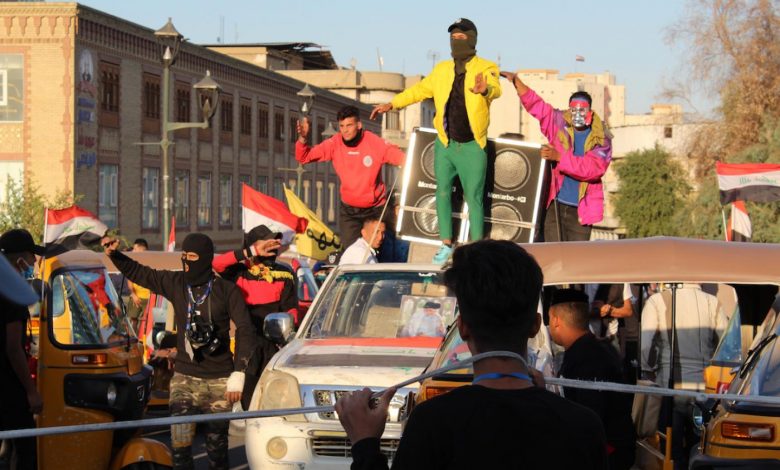Iranian Fuel Price Hike Causes Nationwide Protests

Erupting Violence
Violent protests have erupted throughout Iran following the country’s decision to raise gasoline prices by as much as 50%. The protests have taken over dozens of cities following Friday’s announcement to vastly reduce public subsidies for gasoline. President Hassan Rouhani released a public statement that outlined how gasoline subsidies were being cut in order to raise nearly $2.55 billion a year for 60 million low-income Iranians that have been struggling as a result of the country’s economic crisis (Hafezi, 2019).
Following the escalating situation, U.S. President Donald Trump offered a statement of support for the protests, which was quickly rejected by Iranian Foreign Minister Mohammad Javad Zarif. Iranian leaders have accused the U.S. of gravely damaging the country through its economic sanctions that have targeted Iran’s oil, banking, and metal industries. Since the sanctions were put in place, oil exports have fallen nearly 80%, and the International Monetary Fund also predicts that the country’s economy may shrink by up to 6% this year (Mostaghim & Etehad, 2019).

Fuel Price Increase
While the headlines of a 50% price hike in fuel prices may seem dramatic, the country’s gasoline prices are still among the cheapest in the world. The cost of a gallon of regular gas jumped to about 57,000 rials ($1.71) from 40,000 rials ($1.20), while the monthly subsidized ration for each private vehicle has been cut from 70 gallons to 16 gallons, after which the cost of fuel climbs to 114,000 rials ($3.42) per gallon (Paget, 2019).
Near the end of 2017, a similar set of fuel-related protests swept across Iran that lead to 5,000 arrests and at least 25 deaths (Fassihi, 2019). With the current protests, several people have already been killed and around 1,000 have been arrested (Hafezi, 2019). Nearly 100 banks and dozens of buildings have also been torched. Moreover, the state-run IRNA news agency has reported that protestors have also tried to set fire to gas stations and the country’s main oil depot, which could further increase the price of fuel because of disruption to the county’s oil production (Fassihi, 2019).

Economic Sanctions
The gasoline protests follow President Hassan Rouhani’s recent announcement that Iran has discovered a massive oil field holding an estimated 53 billion barrels of crude oil (Paget, 2019). The country is a founding member of the Organization of the Petroleum Exporting Countries (OPEC) and currently has proven crude oil reserves of 155.6 billion barrels (Paget, 2019). While Iran has one of the world’s largest reserves of oil, President Hassan Rouhani acknowledged that the country’s deficit is rapidly approaching nearly two-thirds of its annual $45 billion budget (Fassihi, 2019). Additionally, escalating inflation could make driving and basic goods unaffordable for middle income families, who only have an estimated median annual salary of $3,300 (Paget, 2019).
Iran’s National Oil Company (NIOPDC), which has already been severely strained by American economic sanctions, has been struggling to ease the tensions within the country. However, Iran’s general public has come to expect cheap gasoline as a right to citizenship. When fuel price hikes occur, the middle class fears that the cost of living will also take a hit.

Sources
Fassihi, F. (2019). “Protests Incited by Gas Price Hike Grip Iran.” The New York Times.
Hafezi, P. (2019). “Iran’s Guards warn of ‘decisive’ action if unrest continues.” Reuters.
Mostaghim, R., & Etehad, M. (2019). “Iran protests over soaring gas prices turn violent.” Los Angeles Times.
Paget, S. (2019). “Iran warns security forces may act against gas price protests.” CNN.



